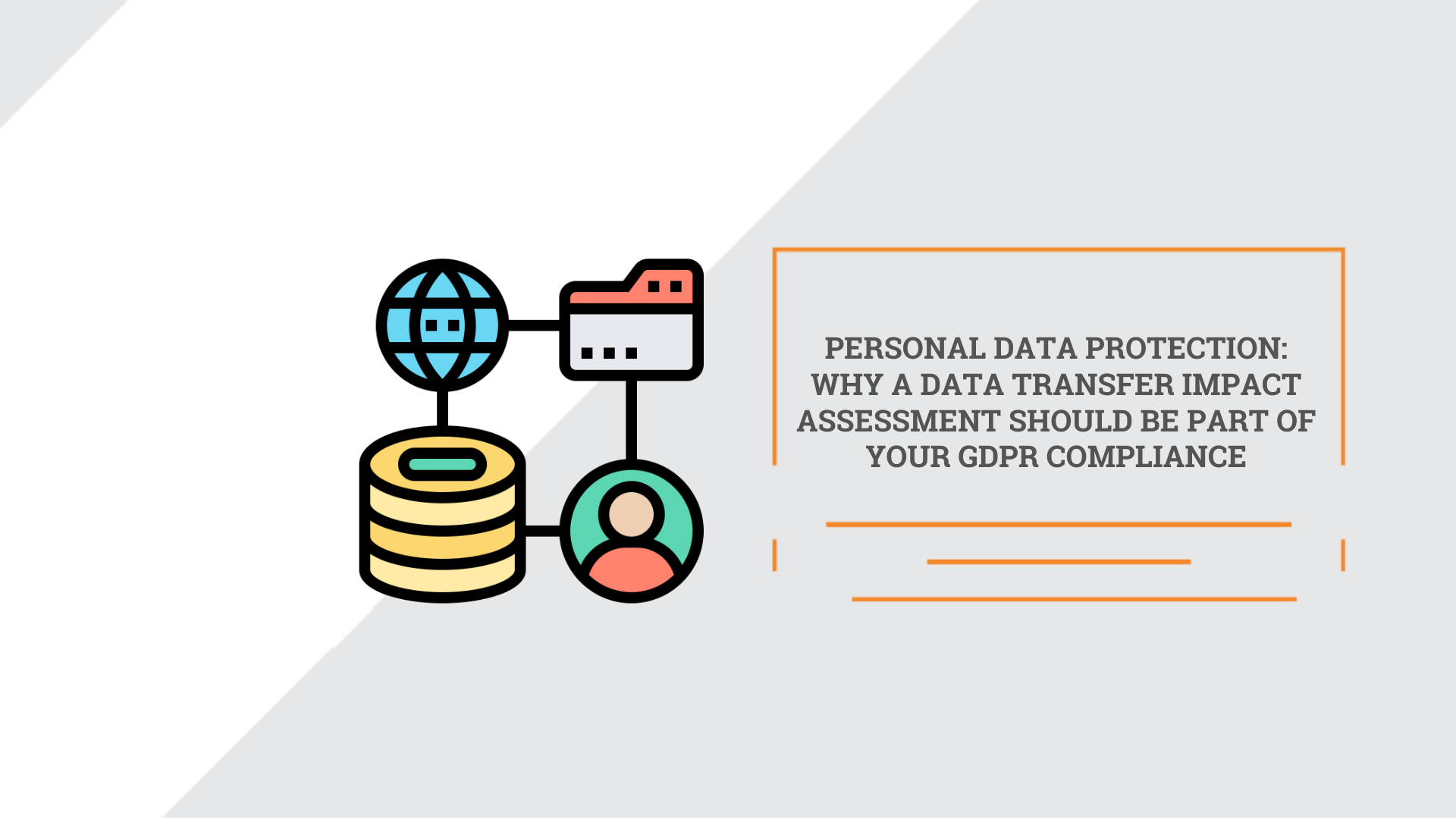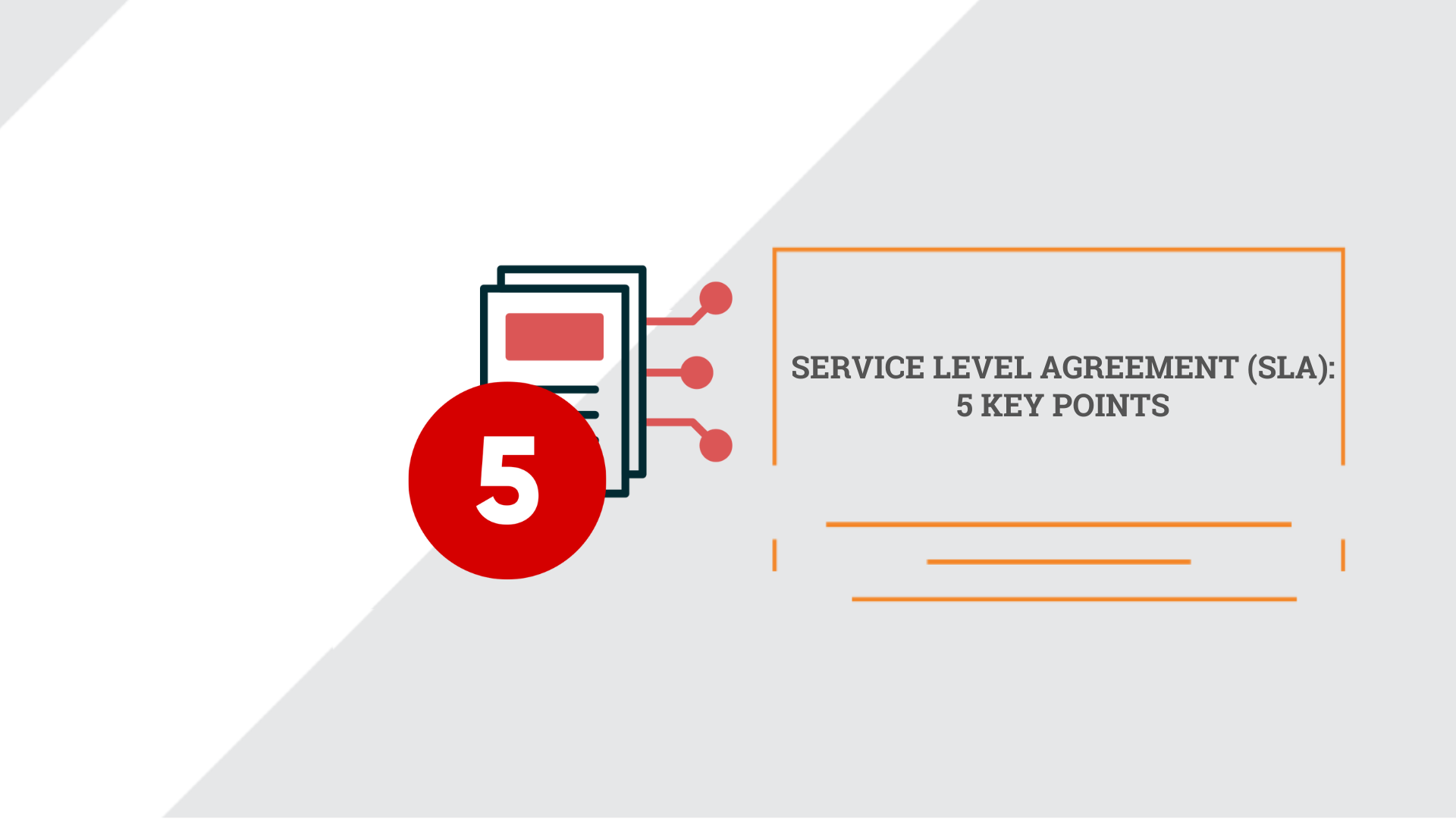Blog of IT lawyers from Kyiv
Discover our expert opinions and insights on strategy, culture, legal trends, and innovation and learn how to apply them to your business success.


Articles

GDPR compliance, meaning, rights
GDPR and Internet of Things (IoT)

Data privacy compliance
Employee monitoring: what employers should consider





